Michael Thielscher1402030681, 9781402030697, 9781402030680
Table of contents :
Reasoning.Robots-The.Art.and.Science.of Programming.Robotic.Agents……Page 1
Contents……Page 6
Preface……Page 9
Special Fluent Calculus……Page 14
1.1 Fluents and States……Page 16
1.2 Actions and Situations……Page 24
1.3 State Update Axioms……Page 28
1.4 Bibliographical Notes……Page 35
1.5 Exercises……Page 36
Special FLUX……Page 38
2.1 The Kernel……Page 39
2.2 Specifying a Domain……Page 48
2.3 Control Programs……Page 51
2.4 Exogenous Actions……Page 61
FLUX Kernel……Page 62
2.5 Bibliographical Notes……Page 68
2.6 Exercises……Page 70
General Fluent Calculus……Page 72
3.1 Incomplete States……Page 73
3.2 Updating Incomplete States……Page 77
3.3 Bibliographical Notes……Page 83
3.4 Exercises……Page 85
4.1 Incomplete FLUX States……Page 87
4.2 FLUX Constraint Solver……Page 90
4.3 Correctness of the Constraint Solver……Page 99
4.4 Updating Incomplete FLUX States……Page 102
4.5 Bibliographical Notes……Page 110
4.6 Exercises……Page 111
Knowledge Programming……Page 114
5.1 Representing State Knowledge……Page 115
5.2 Inferring Knowledge in FLUX……Page 118
5.3 Knowledge Update Axioms……Page 122
5.4 Specifying a Domain in FLUX……Page 132
5.5 Knowledge Agent Programs……Page 141
5.6 Bibliographical Notes……Page 149
5.7 Exercises……Page 151
Planning……Page 154
6.1 Planning Problems……Page 155
6.2 Plan Evaluation……Page 162
6.3 Planning with Complex Actions……Page 163
6.4 Conditional Planning……Page 168
6.5 Bibliographical Notes……Page 180
6.6 Exercises……Page 181
7.1 Uncertain Effects……Page 183
7.2 Dynamic Fluents……Page 191
7.3 Bibliographical Notes……Page 197
7.4 Exercises……Page 198
Imprecision∗……Page 200
8.1 Modeling Imprecise Sensors……Page 201
8.2 Modeling Imprecise Effectors……Page 206
8.3 Hybrid FLUX……Page 209
8.4 Bibliographical Notes……Page 217
8.5 Exercises……Page 218
Indirect Effects: Ramification Problem∗……Page 220
9.1 Causal Relationships……Page 222
9.2 Inferring Ramifications of Actions……Page 229
9.3 Causality in FLUX……Page 239
9.4 Bibliographical Notes……Page 248
9.5 Exercises……Page 249
Troubleshooting: Qualification Problem……Page 252
10.1 Accidental Action Failure……Page 253
10.2 Preferred Explanations……Page 262
10.3 Troubleshooting in FLUX……Page 266
10.4 Persistent Qualifications……Page 271
10.5 Bibliographical Notes……Page 278
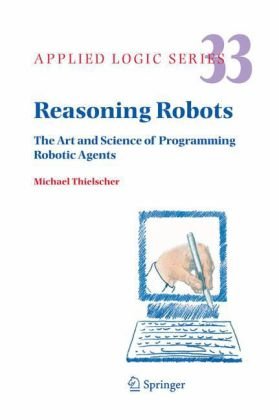
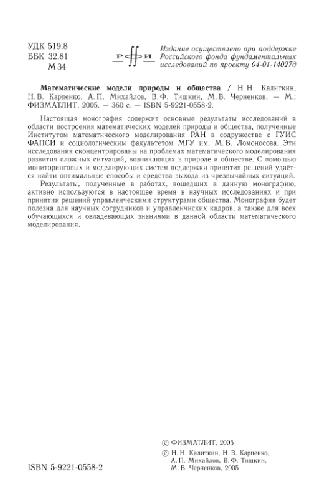

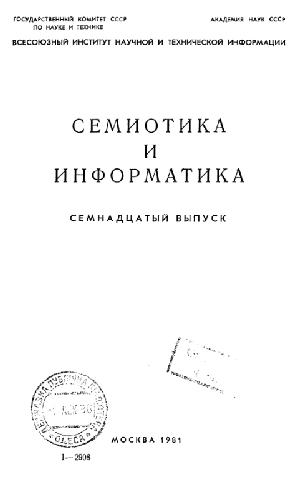

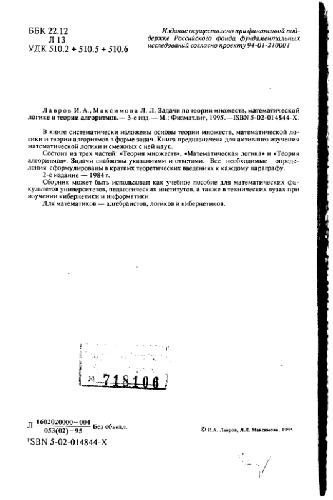
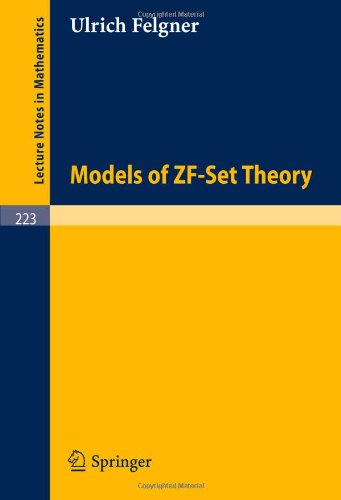
Reviews
There are no reviews yet.